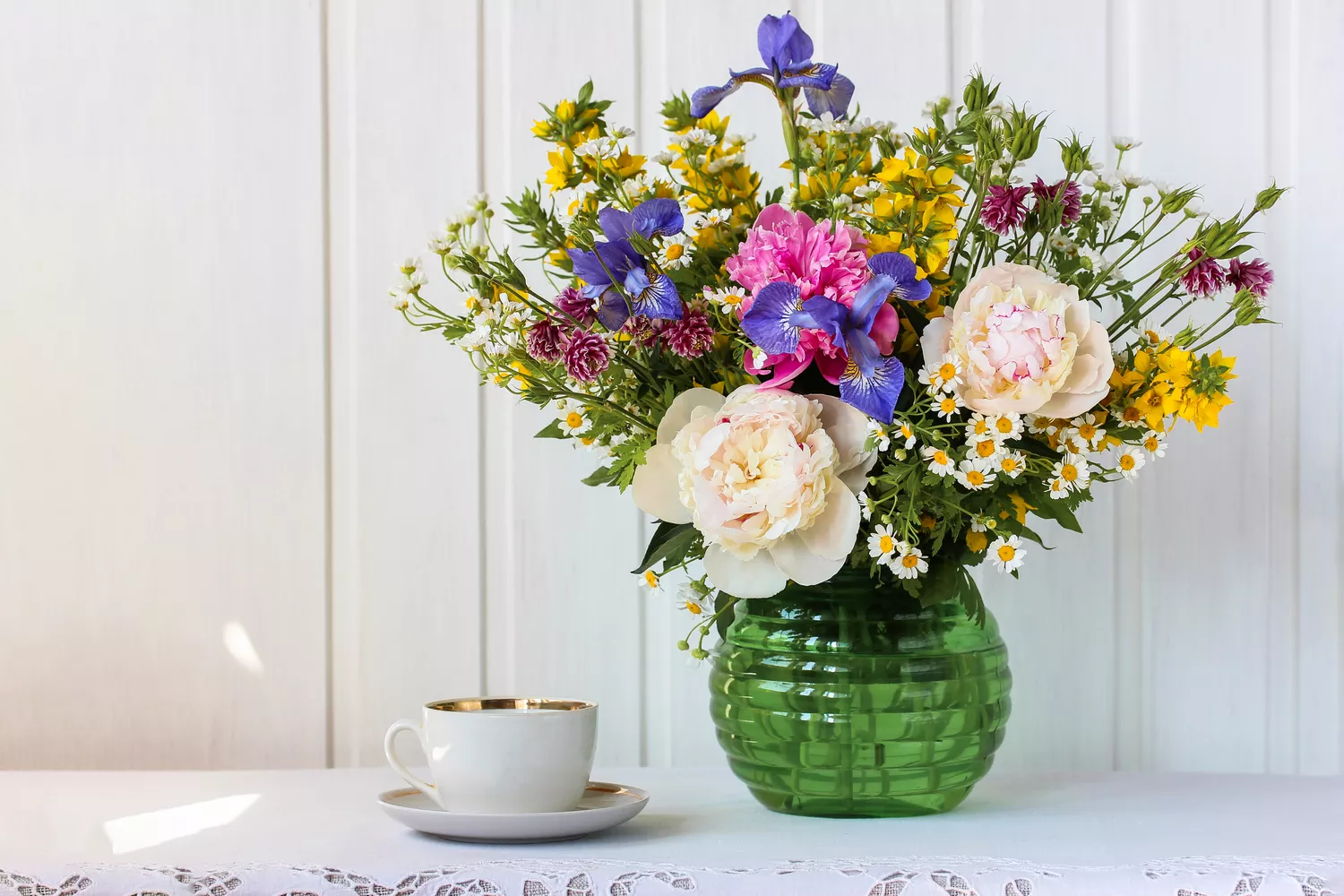Hydrangeas– precious by home garden enthusiasts for their beauty, adaptability, and low-maintenance growing conditions– are also a popular bloom for dried arrangements that admirers can display for years.
As soon as dried, hydrangea blooms work well blended with other dried flowers, protected to wreaths, or presented as single, appealing declaration pieces– and the procedure is basic, even for newbies. “All you have to do is be in tune with your flowers, and watch, and experiment,” states Millie Marzec, co-owner of Washington state flower supplier Hydrangea Rangers.
How to Choose Hydrangea Blooms to Cut and Dry
Though ranges with tighter “mop head-style” blossoms– like Endless Summer– dry the best, according to Marzec, cone-shaped panicle hydrangeas will also work. Despite the range, wait until near completion of the season and cut blossoms that are beginning to dry naturally on the bush.
” If you cut them too soon, they shrivel up,” says Marzec. Pay very close attention to the leaves, which begin to feel papery and less fresh, and to the petals, which will begin to fold under as the colors fade, she states. Marzec recommends waiting until late summertime– or even early fall, for late-blooming ranges– to cut.

Managing the Color of your Dried Hydrangea
Maintained hydrangeas are cut at the peak of their bloom and processed with chemicals to preserve their color. During the natural drying process, hydrangeas fade to antique tones of subtle green, pink, tan, aqua, and lavender.
If your hydrangea modifications color throughout its growing season, then sufficed for drying when it’s in the color range you want for your ended up arrangement. “Most hydrangea flowers start a specific color, like green or white, and turn into a different color, like pink or red,” states Chris Link, co-owner of Nebraska-based online nursery Plant Addicts. “Cut the flower when it’s the shade of color you desire, but before the flower turns brown.”
How to Dry Hydrangeas
Outcomes will vary based on the technique you use to dry your hydrangea flowers.
Hanging Hydrangeas to Dry
Hydrangeas can be air dried in a vase or on a clothesline. Marzec chooses to hang her blossoms utilizing this upside-down approach, which, in her experience, permits the fastest drying time and a minimum of flattened petals for her clients.
Cut the hydrangea with tidy, sharp shears, leaving a stem of 12 to 18 inches.
Utilize a clothespin to connect the stem to a clothesline, allowing the flower to hang upside down.
Hang the flowers in a dry, dim area. Humidity and cool weather increase the drying time, while excessive direct light can trigger the colors to rinse.
Drying Hydrangeas in a Vase
For smaller quantities, Link utilizes a slightly various process. “It is not necessary to hang hydrangeas upside down to dry unless the stems are really thin and weak,” he states.
If your hydrangeas have durable stems, try this technique:
Cut the hydrangeas off the bush with tidy, sharp shears, leaving stems of about 12 to 18 inches in length.
Eliminate the leaves from the stems.
Arrange the flowers in a vase, with or without water.
After the water evaporates, the hydrangeas will dry naturally (the timeframe depends upon the size and moisture content).
Drying Hydrangeas With Silica
For a brighter, mid-summer shade on dried blossoms, silica– discovered at lots of craft and pastime shops– dries flowers with less fading. “The silica can get expensive, but this is the very best method to preserve the vibrant colors of the flowers,” states Link.
Choose a container broad sufficient and deep enough for your hydrangea bloom to fit without touching the sides or bottom; the flower’s shape can be damaged if it rests against the container.
Thoroughly put silica around the flower and in between each individual petal to suspend the flower in the crystals.
Allow the hydrangea to dry for about four days– it must keep its original shade.


